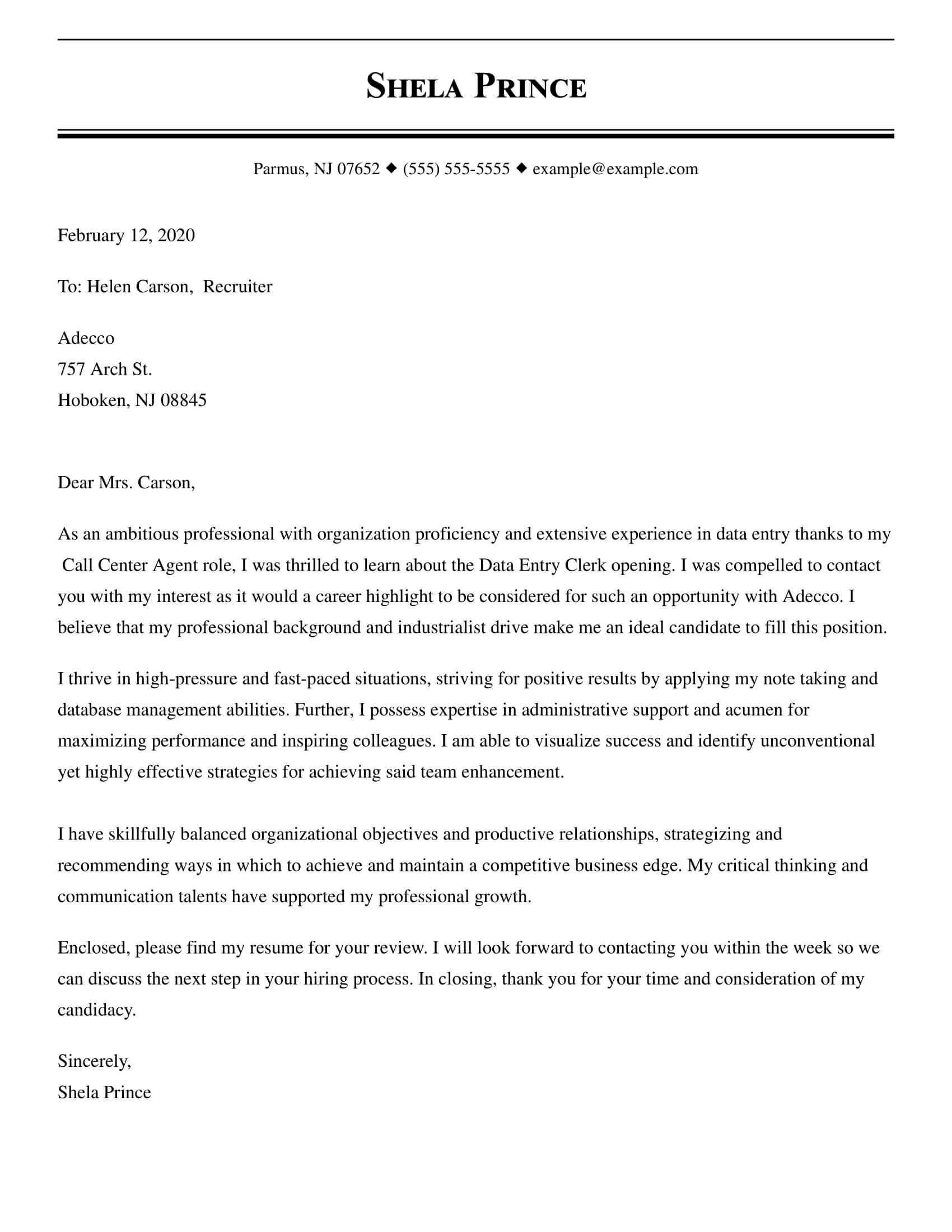Why You Need a Cover Letter
In today’s competitive job market, a compelling cover letter can be the key to unlocking your dream job. Many job seekers wonder if a cover letter is still necessary, and the answer is a resounding yes. A well-crafted cover letter serves as your first impression, providing a personalized introduction that goes beyond the information in your resume. It allows you to connect with the hiring manager on a deeper level, showcasing your personality, passion, and suitability for the role. Ignoring this crucial document could mean missing out on opportunities.
The Purpose of a Cover Letter
The primary purpose of a cover letter is to introduce you to the potential employer and express your interest in a specific position. It’s your chance to tell your story, explain why you’re a great fit for the company, and highlight the skills and experiences that make you stand out. Unlike a resume, which provides a chronological overview of your work history, a cover letter allows you to elaborate on particular experiences and tailor your narrative to the specific job requirements. It demonstrates your genuine interest and proactive approach.
Cover Letter Benefits
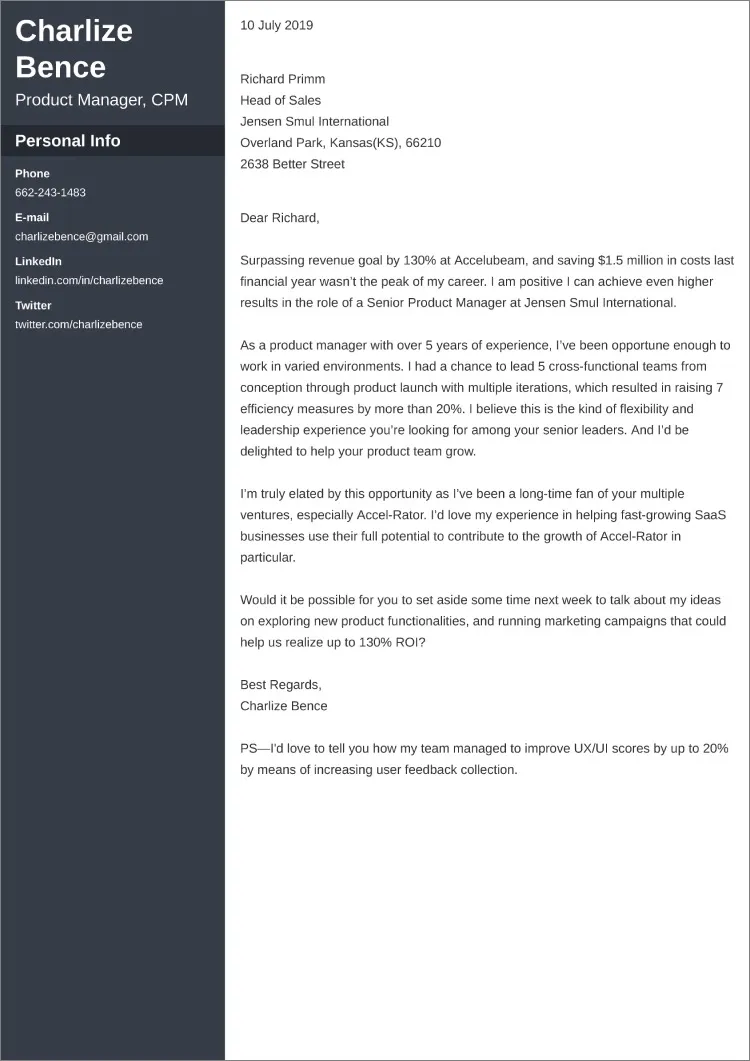
The benefits of using a cover letter are numerous. It allows you to personalize your application, making you more than just a list of qualifications. It offers a platform to elaborate on experiences that directly align with the job description, helping you connect the dots for the hiring manager. Furthermore, a well-written cover letter shows your communication skills and attention to detail. It provides an opportunity to address potential gaps in your resume or explain career transitions. In essence, it helps you create a compelling case for why you should be considered for the job.
Top 7 Secrets for a Successful Cover Letter
Crafting a successful cover letter is an art. Here are the top seven secrets that can significantly improve your chances of landing an interview.
Secret 1 Tailor Your Letter to the Job
Generic cover letters are easily spotted and often discarded. The key to success is personalization. Every cover letter should be customized to the specific job and company you’re applying to. This demonstrates that you’ve taken the time to understand their needs and how your skills can address them. Start by carefully reviewing the job description and identifying the key requirements. Then, use your cover letter to directly address those requirements, providing specific examples of how you’ve demonstrated those skills in the past.
How to Research the Company
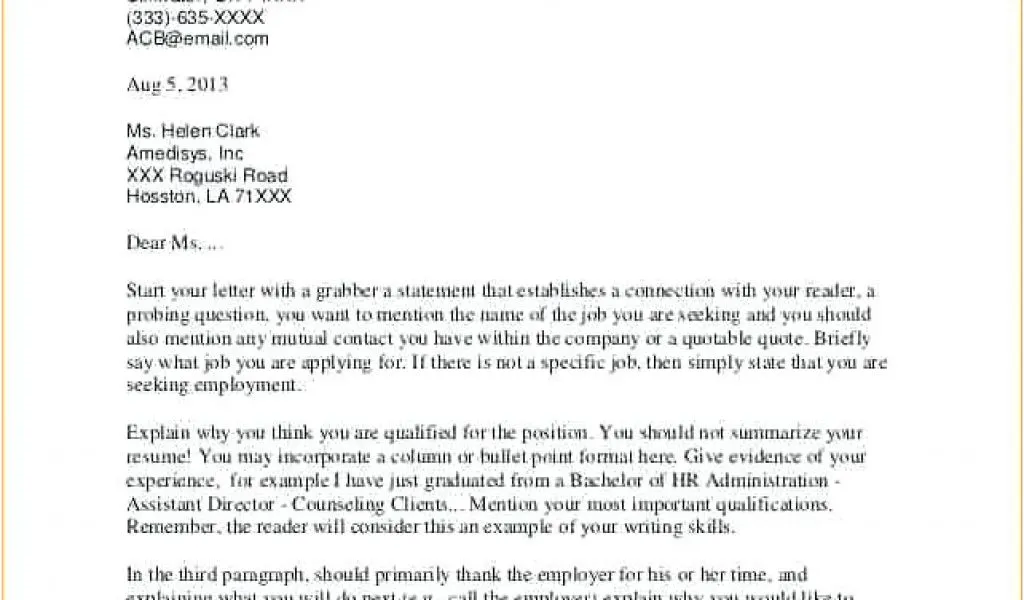
Thorough research is fundamental to tailoring your letter. Visit the company’s website, read their “About Us” section, and explore their social media profiles. Understand their mission, values, and recent projects. Identify the company’s pain points or challenges. This knowledge will help you speak their language, demonstrating that you understand their business and are genuinely interested in contributing to their success. You can use this knowledge to align your experiences and skills, showing how you can help them achieve their goals.
Focus on Relevant Skills and Experiences
Once you understand the company’s needs, identify the skills and experiences that align most closely with the job requirements. Highlight these in your cover letter, providing specific examples of how you’ve used these skills to achieve positive results. Avoid including irrelevant information or skills that don’t directly contribute to the position. By focusing on what matters most, you’ll make a strong case for your candidacy and ensure your letter resonates with the hiring manager.
Secret 2 Highlight Your Achievements
Rather than simply listing your responsibilities, use your cover letter to showcase your achievements. Focus on quantifiable results and the positive impact you’ve had in previous roles. This provides concrete evidence of your capabilities and demonstrates your potential to succeed in the new role. Think about what you accomplished in your previous positions, and how these achievements relate to the job you are applying for.
Quantify Your Accomplishments
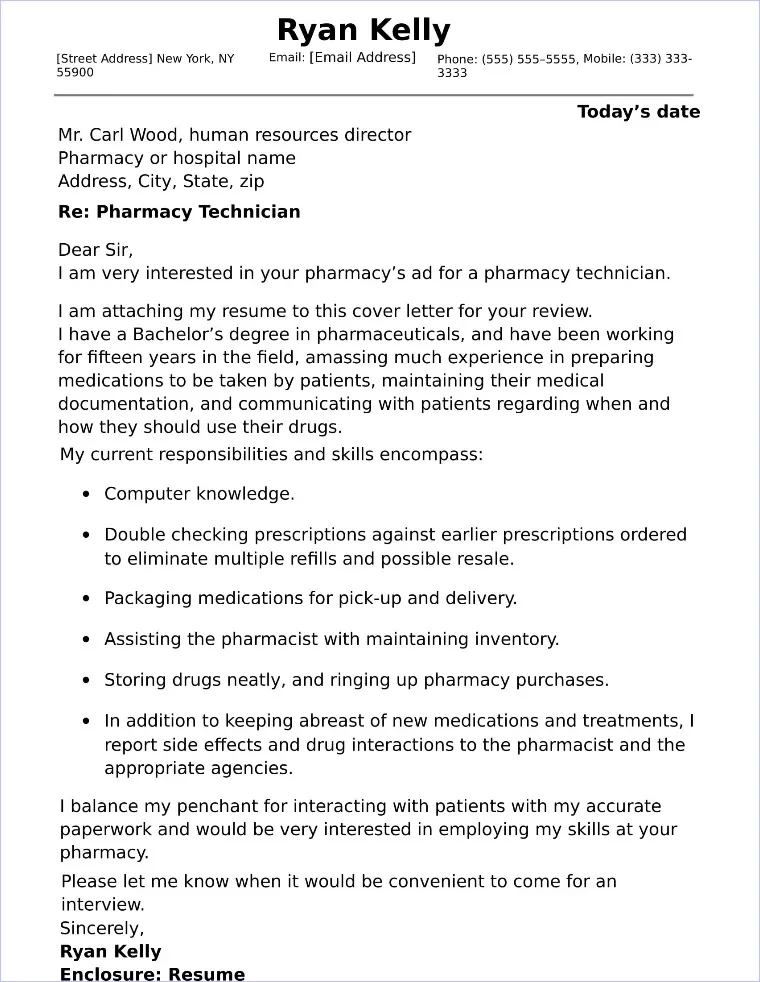
Whenever possible, quantify your accomplishments using numbers and data. For example, instead of saying “Improved sales,” say “Increased sales by 15% in one quarter.” This gives the hiring manager a clear understanding of your capabilities and the value you bring. Use metrics like percentages, dollar amounts, or time saved to make your accomplishments more impactful. This demonstrates your ability to deliver results.
Use Action Verbs
Start your sentences with strong action verbs to make your cover letter more dynamic and engaging. Words like “managed,” “led,” “developed,” “achieved,” and “implemented” grab the reader’s attention and convey a sense of confidence and competence. Using action verbs will make your accomplishments more vivid and illustrate your initiative and proactive approach to work. Avoid passive language and ensure each sentence is clear and concise.
Secret 3 Show, Don’t Tell
Avoid making generic statements about your skills and abilities. Instead, provide specific examples that demonstrate your expertise. For instance, instead of saying “I am a good communicator,” describe a time when you successfully communicated complex information to a diverse audience. This makes your claims more credible and provides the hiring manager with a clear picture of your capabilities.
Provide Specific Examples
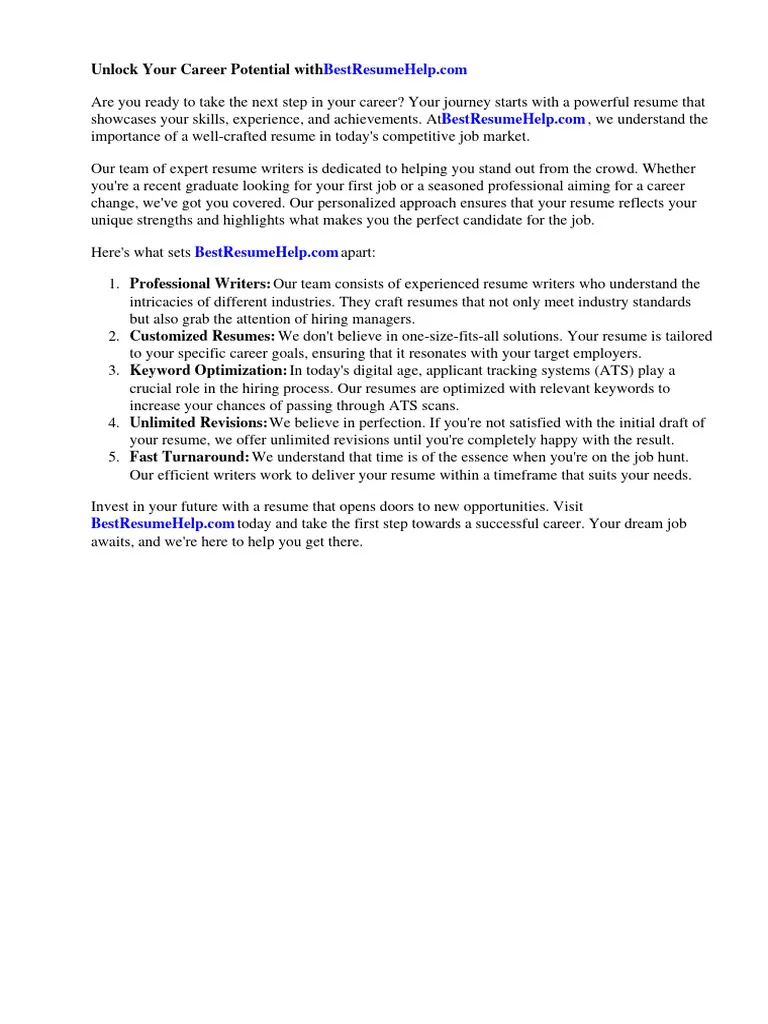
Use the STAR method (Situation, Task, Action, Result) to structure your examples. Describe the situation, the task you were assigned, the action you took, and the results you achieved. This structured approach helps you clearly articulate your contributions and showcase your problem-solving skills. Specific examples provide concrete evidence of your abilities and make your application more memorable.
Secret 4 Keep it Concise
Hiring managers are busy people. Respect their time by keeping your cover letter concise and to the point. Focus on the most relevant information and avoid unnecessary details or jargon. Aim for a letter that is easy to read and quickly communicates your qualifications. This will make your cover letter more effective and show you value the reader’s time.
Target Length for a Cover Letter
Ideally, your cover letter should be no more than one page. Break up large blocks of text with headings and bullet points to make it more readable. A well-structured and concise cover letter shows that you can effectively communicate your message within a limited space. Ensure that every sentence serves a purpose and that the information you provide is relevant to the job description.
Formatting for Readability
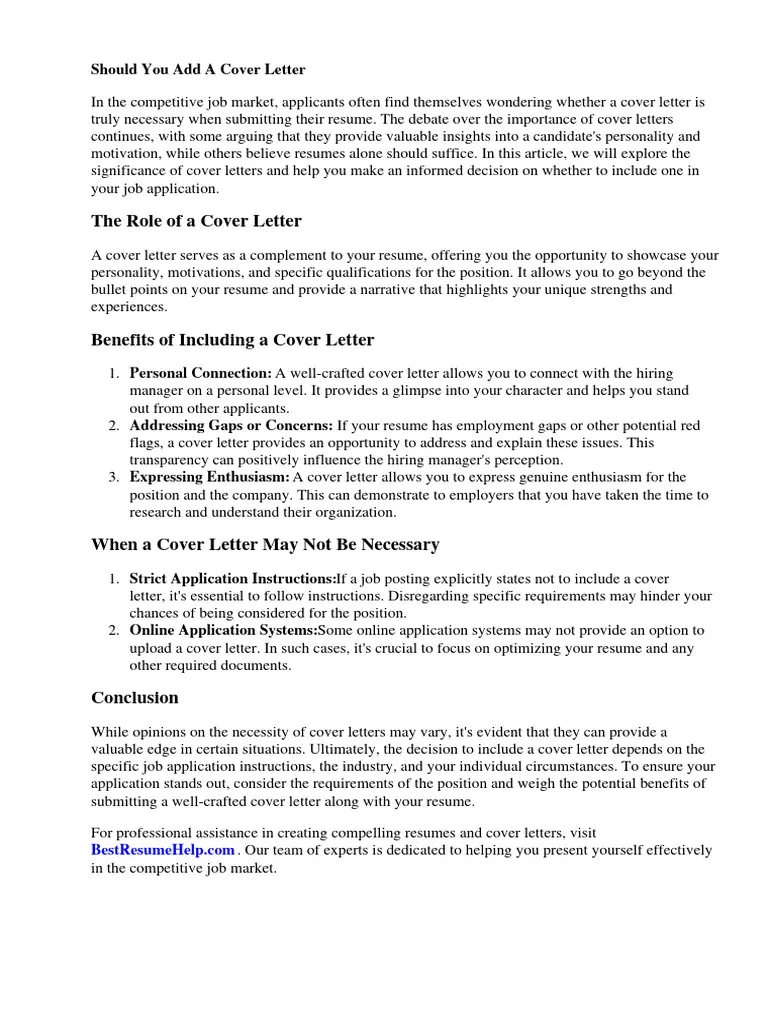
Use a professional font, such as Times New Roman or Arial, with a size between 11 and 12 points. Use consistent formatting throughout the document, including spacing, margins, and bullet points. A clean and well-formatted cover letter is visually appealing and easy to read. Proper formatting ensures that your message is clear, professional, and shows your attention to detail.
Secret 5 Proofread and Edit Carefully
Typos and grammatical errors can undermine your credibility and create a negative impression. Always proofread your cover letter carefully before submitting it. Check for spelling errors, grammatical mistakes, and punctuation errors. Consider having a friend or family member read your letter to catch any mistakes you might have missed.
Tools for Proofreading
Utilize online proofreading tools like Grammarly or ProWritingAid to help catch errors. These tools can identify grammar, spelling, and punctuation mistakes, as well as provide suggestions for improving your writing style. However, don’t rely solely on these tools. Always proofread the document yourself to ensure accuracy and clarity.
Secret 6 Choose the Right Tone
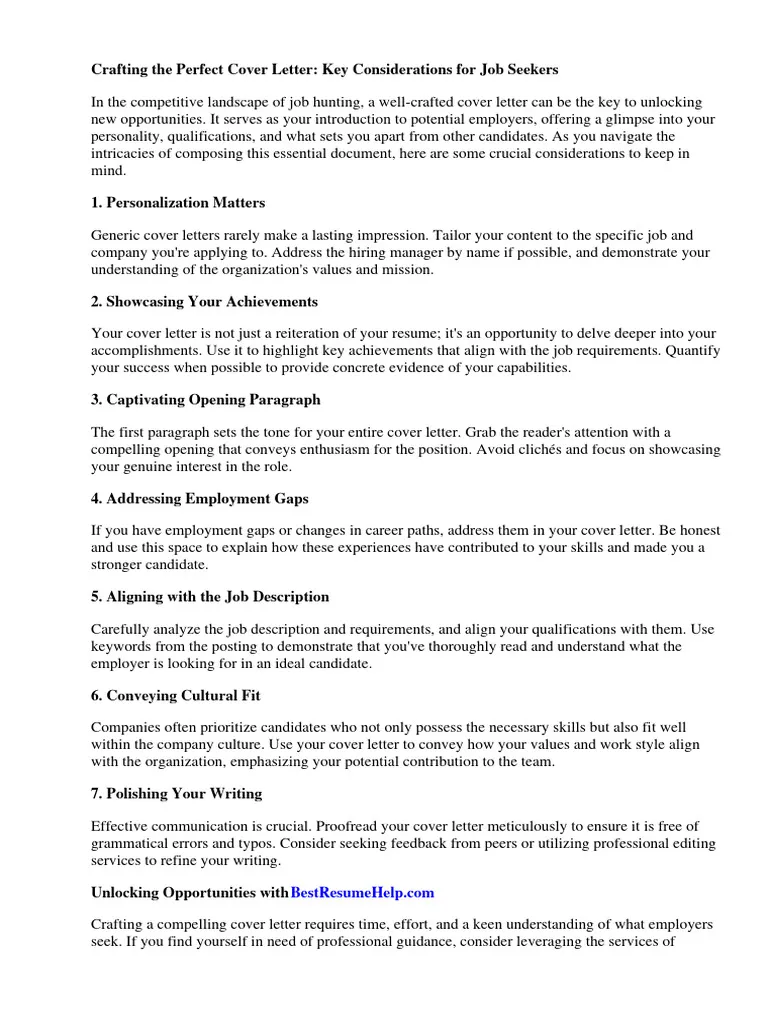
The tone of your cover letter should be professional, enthusiastic, and aligned with the company’s culture. Avoid being overly casual or using slang. Maintain a positive and confident attitude, and express your genuine interest in the position. The tone of your letter is essential to how the reader perceives you and your professional abilities.
Tips for Writing in a Professional Tone
Use formal language, avoid contractions, and maintain a respectful tone. Address the hiring manager by name if possible, and always end your letter with a polite closing. Choose words and phrases that convey your experience and expertise. Your tone should mirror the formality and expectations of the job and the company.
Secret 7 Follow Up Effectively
After submitting your cover letter and resume, it’s acceptable to follow up with the hiring manager. This shows your continued interest in the position and provides an opportunity to reiterate your qualifications. However, be mindful of the timing and frequency of your follow-up.
When and How to Follow Up
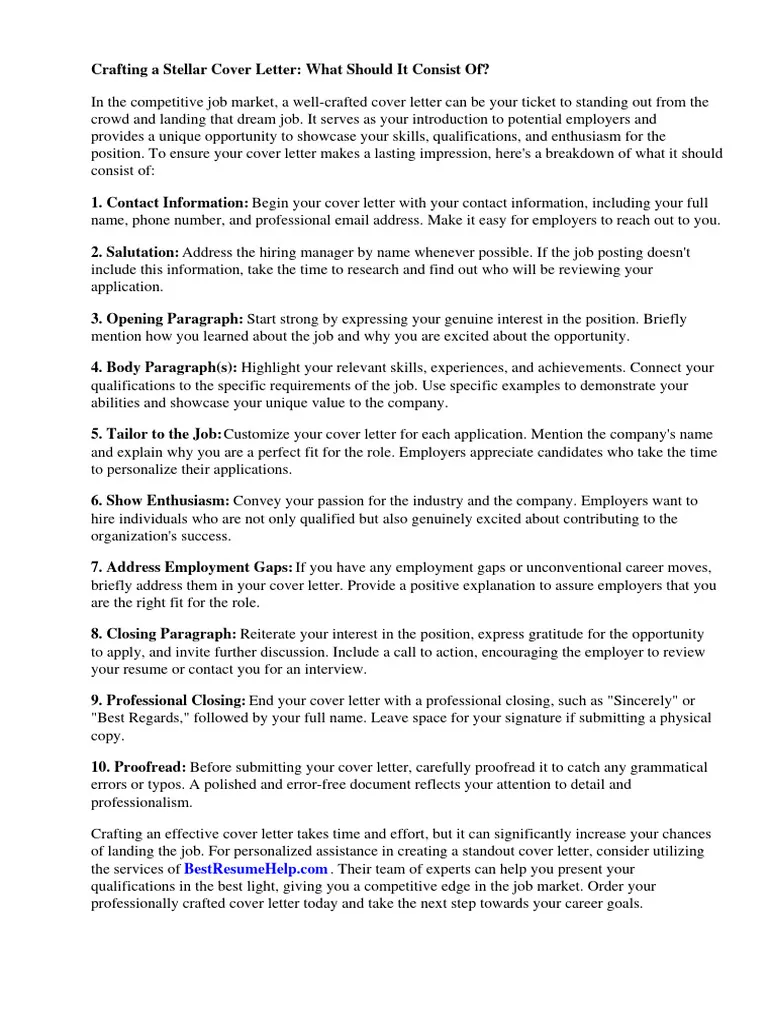
Wait approximately one to two weeks after submitting your application before sending a follow-up email or making a phone call. Keep your follow-up concise and polite, and reiterate your interest in the position. Thank the hiring manager for their time, and refer to your application. Avoid being pushy or demanding, and always maintain a professional demeanor. Remember that your interactions with the company from the application phase onwards is also an interview.
Conclusion
Mastering the art of the cover letter is a key component of a successful job search. By following these seven secrets, you can create a compelling and impactful cover letter that captures the attention of hiring managers and increases your chances of landing an interview. Remember to personalize your letter, highlight your achievements, and proofread carefully. With a strategic approach, your cover letter can open doors to new opportunities and propel you toward your career goals.
